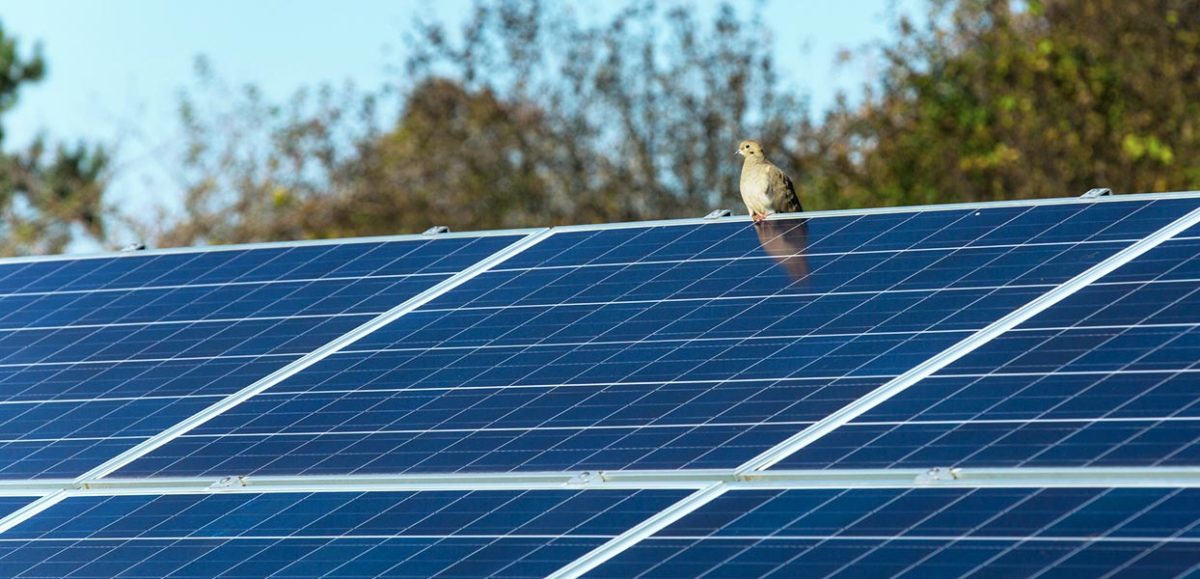From pv magazine USA
According to Ember, an independent think tank, if wind and solar keep up a 20% compounding growth rate over the next 10 years, the global power sector has a chance of meeting the decarbonization goals that are needed to keep the world’s temperature increase at or below 1.5 C.
If solar electricity generation keeps up the year over year growth rates of the last ten years – 33% – for another 10 years, then solar will without a doubt be pulling its weight in mitigating CO2 emissions. The report suggests that solar “only” needs to grow at 24% over the next decade to meet its goals.
The analysis found that solar electricity generation rose by greater than 23% last year, and that wind grew by 14%. The two sources officially surpassed 10% of global electricity generation last year, and when combined with other clean electricity sources (nuclear and hydro being the other two largest), they hit 38%. Combined, this means they passed the world’s largest electricity generation source – coal – at 36%.
Globally, 50 countries now meet 10% or more of their electricity demand with wind and solar. Three countries dramatically surpassed that target: Denmark, Luxembourg, and Uruguay produced 52%, 42%, and 47% of their respective electricity supply using only wind and solar power. The current global leaders in solar power are Yemen, at ~15%, Chile at 13%, and Australia at 12%.
But the news isn’t all roses. Coal consumption ramped up last year as a result of China’s continued growth, as well as the recovery of the global economy and related electricity demands. In absolute terms, the global electricity demand increases of 2021 were the largest ever observed. Unfortunately, growth in wind and solar — also the largest ever observed — supplied only 29% of that increased demand for electricity.
In a related document, Climate Change 2022: Mitigation of Climate Change, the Intergovernmental Panel on Climate Change (IPCC) released a report stating that wind and solar power represent our two least expensive tools for lowering CO2.
The graph from the IPCC report (above) shows that by 2030, solar and wind are each expected to mitigate roughly four gigatons per year of CO2 emissions, with an upper limit as high as six gigatons each, per year. The carbon savings from either one of these clean energy sources is expected to be on par with the emissions that would be saved by ceasing the destruction of forestland. The blue on the bar graph suggests that at least four gigatons of these global CO2 reductions (wind and solar combined) will cost less than we’re paying for energy today.
Within that report is a combination graph that should look familiar to readers of pv magazine: the growth rates of various clean technologies, along with their associated cost decreases.

This content is protected by copyright and may not be reused. If you want to cooperate with us and would like to reuse some of our content, please contact: editors@pv-magazine.com.



3 comments
By submitting this form you agree to pv magazine using your data for the purposes of publishing your comment.
Your personal data will only be disclosed or otherwise transmitted to third parties for the purposes of spam filtering or if this is necessary for technical maintenance of the website. Any other transfer to third parties will not take place unless this is justified on the basis of applicable data protection regulations or if pv magazine is legally obliged to do so.
You may revoke this consent at any time with effect for the future, in which case your personal data will be deleted immediately. Otherwise, your data will be deleted if pv magazine has processed your request or the purpose of data storage is fulfilled.
Further information on data privacy can be found in our Data Protection Policy.